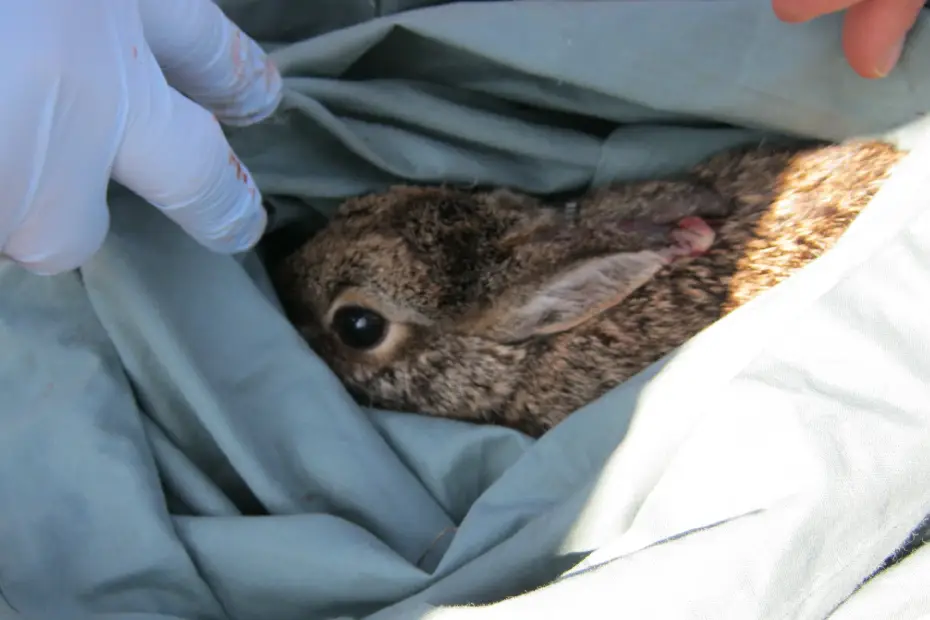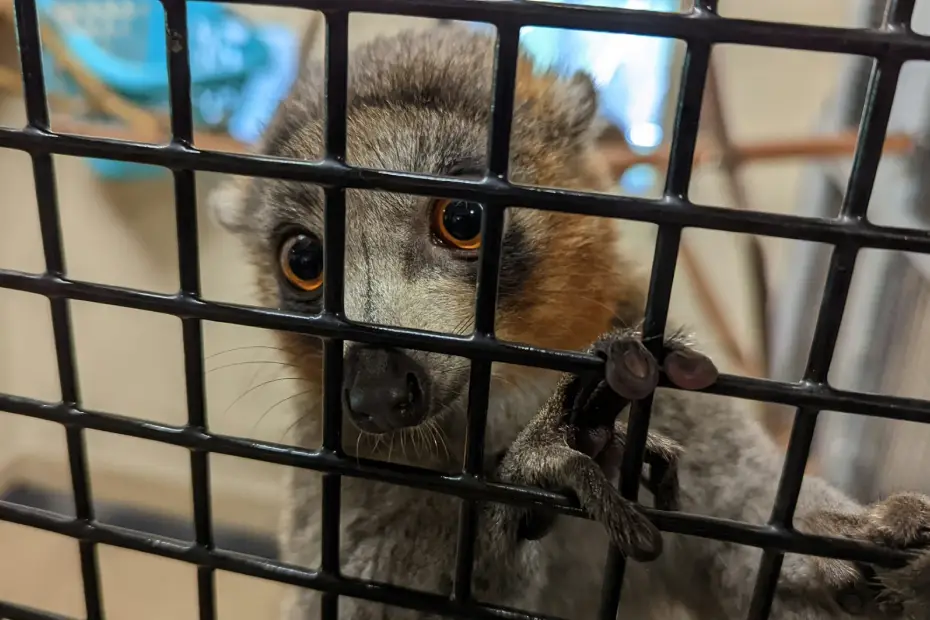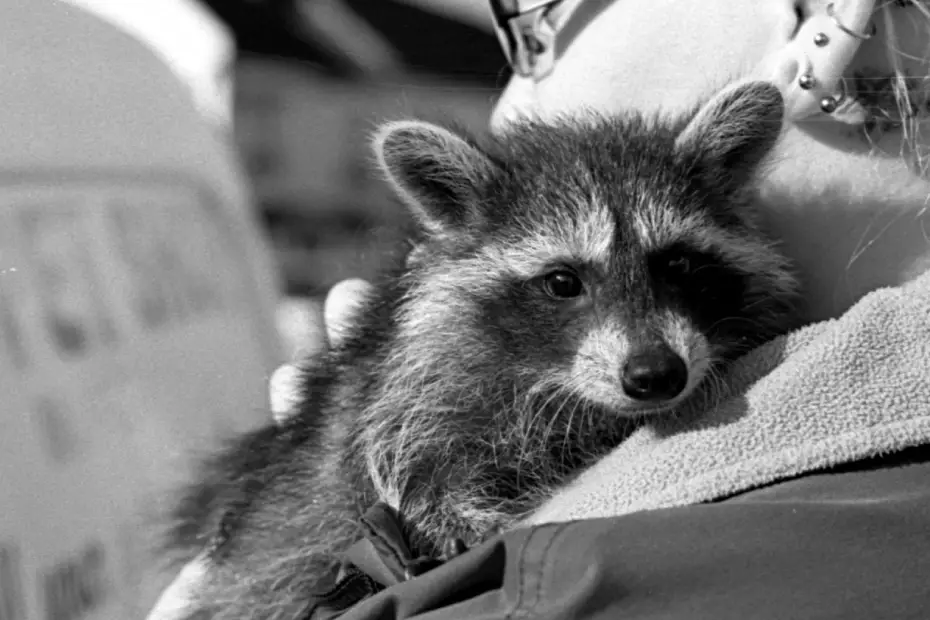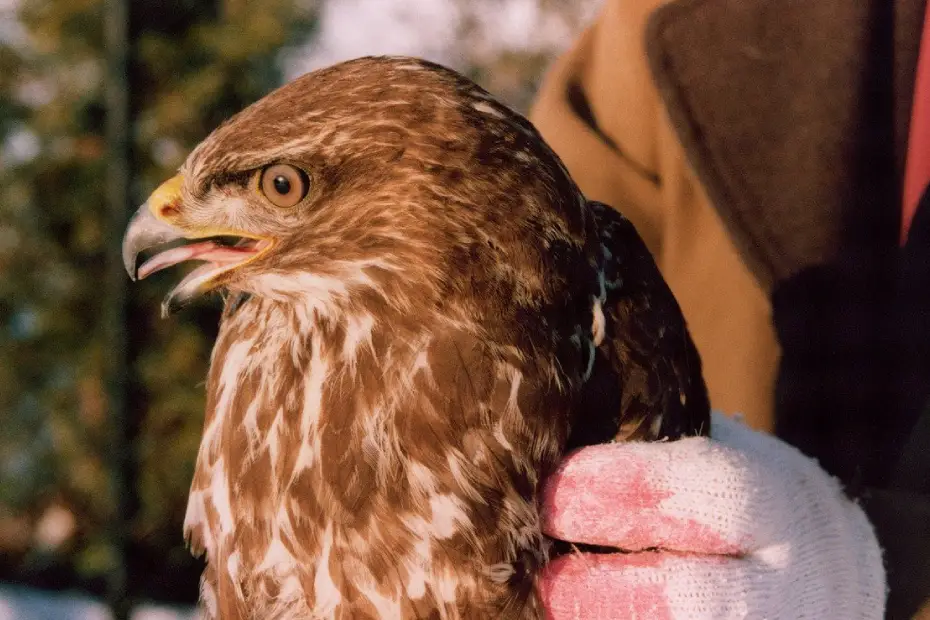Table of Contents
It can be upsetting to come across a wounded wild animal. But, you can improve the animal’s life if you have the appropriate information and strategy. This thorough guide will show you exactly what to do in the event that you come across an injured wild animal, protecting both the animal and yourself.
Assessing the Situation: Is the Animal Truly Injured?
It’s critical to thoroughly evaluate the circumstance before acting. Not every wild animal that looks distressed has to be helped by humans. Some might just be sleeping or acting in their natural ways.
How to determine if an animal is injured:
- Visible injuries: Look for obvious signs like bleeding, broken bones, open wounds, or a visible limp.
- Unusual behavior: If the animal is lethargic, disoriented, having difficulty moving, or acting aggressively out of character, it may be injured.
- Baby animals:A baby animal may require assistance if you find it left alone for a long time, particularly if it is extremely young or seems frail. But first, it’s crucial to watch from a distance because the mother might be nearby gathering food.
Safety first:
- Maintain a safe distance: Even in cases of injury, wild animals possess an unpredictable and potentially deadly nature. Admire them from a distance and stay away from them directly unless absolutely must.
- Species-specific dangers: Recognize the possible dangers that come with various species. Certain animals, such as bats and raccoons, are known to carry rabies. Others, such as large mammals or raptors, have the potential to cause severe harm.
- Call for professional help: It is better to contact for professional assistance if you come across a huge, potentially dangerous animal or if the animal has serious injuries. Speak with the animal control or wildlife rehabilitation organization in your area.
Never forget that your safety comes first. It’s always preferable to err on the side of caution and seek professional guidance if you have any doubts regarding the circumstances or the type of animal.
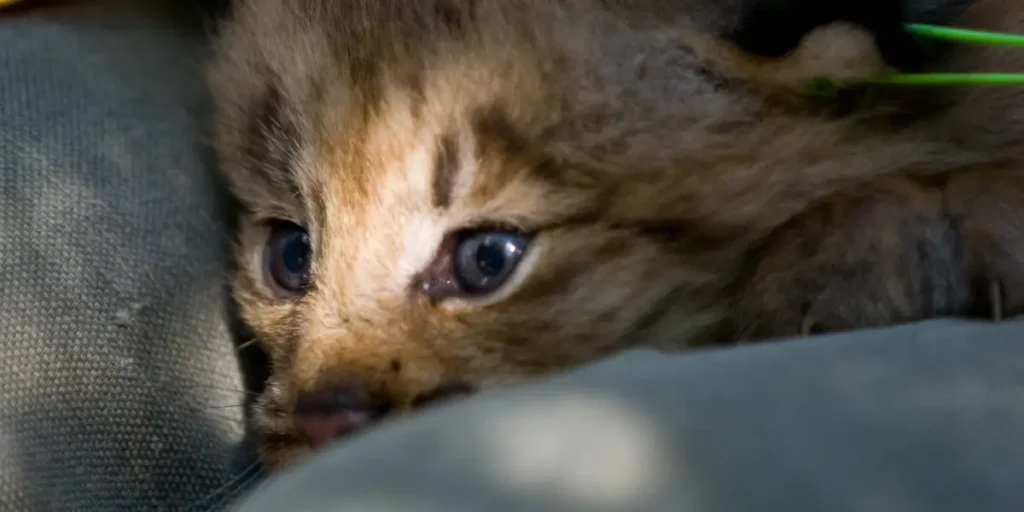
Providing Immediate Assistance: A Helping Hand
Once you’ve established that the wild animal is hurt and need medical attention, there are a few things you may do to help it immediately while you wait for more qualified help to come.
Creating a safe haven
- Minimize stress: It’s possible that the injured animal is already anxious and worried. Try to handle it as gently and composedly as you can. Steer clear of abrupt movements or loud noises that can frighten it.
- Provide a quiet, dark space: If at all feasible, put the animal in a ventilated cardboard box or carrier. To reduce its fear, cover the container with a blanket or cloth to create a dark, safe space.
- Warmth and hydration: Provide a source of warmth if the weather is chilly, like a hot water bottle or a heating pad covered in a towel. Offer the animal a modest bit of water in a shallow dish if it is conscious and alert.
Basic first aid
- Stop bleeding: If the animal is bleeding, use gauze or a clean cloth to gently press on the wound. If the bleeding is significant or does not stop right away, get treatment from a specialist.
- Immobilize broken limbs: Use a cardboard splint or a towel folded up to gently immobilize the affected limb if you think there may be a broken bone. Refrain from using excessive force or inflicting more discomfort.
- Do not attempt major interventions: If you are not specifically trained in first aid for wildlife, stay away from trying to bandage wounds, give medicine, or carry out any other difficult tasks. It is advisable to leave these duties to qualified experts.
What NOT to do
- Don’t feed the animal: Don’t feed the wounded animal unless directed to do so by a wildlife rehabilitator. Serving the incorrect food may exacerbate existing injuries or digestive issues.
- Don’t give medication: Never provide medication to a wild animal without first consulting a veterinarian. Wildlife can be poisoned by over-the-counter drugs as well.
- Don’t force interaction: Don’t handle the animal more than is absolutely required. Overhandling has the potential to exacerbate its damage and add to the stress experienced.
Remember, your primary goal is to provide a safe and comfortable environment for the injured animal until professional help arrives.
Transporting the Injured Animal: Getting it to Safety
The wounded animal needs to be taken to a licensed wildlife rehabilitator once you have given it emergency care.
Choosing the right container
- Secure and well-ventilated: Choose a container that allows the animal to move about freely without becoming too big for it to further hurt itself. Make sure there are enough vents or holes for ventilation.
- Handle with care: Wear gloves or use a towel if you must handle the animal in order to protect yourself and lessen the animal’s stress. Stay away from touching its mouth or claws directly.
- Separate multiple animals: To avoid fights or additional injuries, move injured animals in different containers if you locate more than one.
Finding a qualified rehabilitator
- Research reputable organizations: Seek out local groups or facilities for wildlife rehabilitation that have the necessary training and credentials to handle injured wildlife.
- Seek professional advice: For detailed instructions on how to transfer the animal and other essential safety measures, get in touch with the rehabilitator.
- Get directions: For a seamless and effective transfer, make sure you have clear instructions to the rehabilitation center.
Transporting the animal
- Minimize travel time: The animal’s chances of recovering are better the sooner it receives expert care. Get it to the rehabilitation as soon as you can.
- Ensure comfort: Throughout the journey, keep the animal at ease and tranquil. Steer clear of abrupt movements or loud noises. If at all possible, keep the container covered to provide a safe, dark space.
- Follow instructions: Observe the rehabilitator’s instructions for handling, transportation, and any special attention the animal may require while in transit.
Recall that cautious preparation and execution are necessary when transferring a wounded wild animal. To guarantee a secure and fruitful rehabilitation process, put the animal’s welfare first and heed the advice of experts.
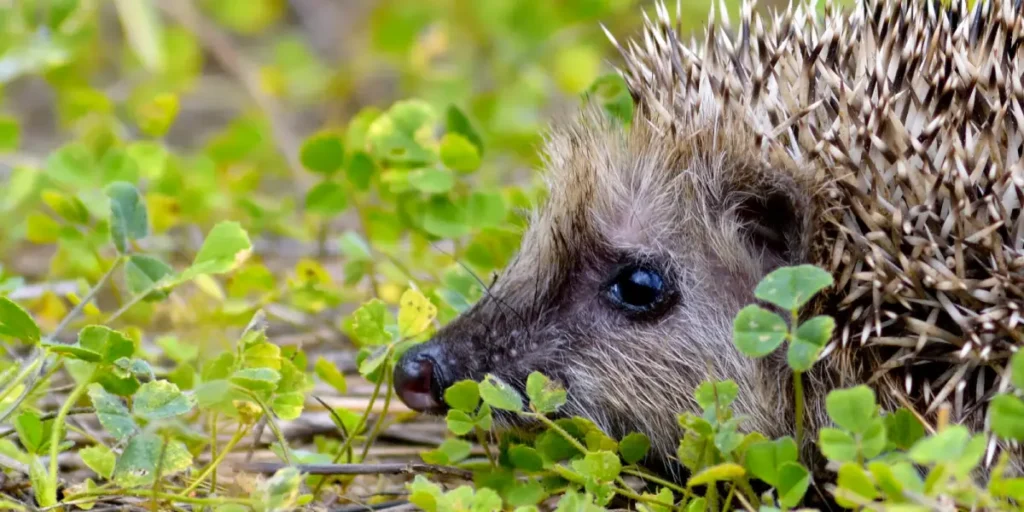
Aftercare and Prevention: Helping Wildlife in the Long Run
There are other actions you can take to safeguard wildlife and stop injuries in the future once the injured animal has been taken to a wildlife rehabilitator.
Cleaning and disinfection
- Disease prevention: To stop diseases from infecting humans or other animals, thoroughly clean and disinfect the place where you discovered the injured animal.
- Use appropriate cleaning agents: Seek advice from the animal control organization or wildlife rehabilitator regarding appropriate cleaning methods and supplies.
Educate yourself
- Learn about local wildlife: Learn about the prevalent wildlife species that live in your area. It is possible to live in harmony with them and prevent possible confrontations if you are aware of their needs, behaviors, and habitats.
- Identify resources: Look for educational materials to learn more about protecting wildlife and how to assist injured animals, such as books, websites, or local workshops.
Prevent future injuries
- Secure trash and food sources: To avoid drawing wildlife to your property, store food scraps and waste in sealed containers.
- Supervise pets: When pets are outside, keep them monitored or indoors to avoid upsetting or harming wildlife.
- Drive cautiously: When driving in locations where wildlife crossings are known to occur, exercise particular caution. When you see an animal crossing the road, slow down and be ready to stop.
Additional tips
- Spread awareness: Talk to people about your expertise and experiences. Urge your loved ones, neighbors, and friends to protect wildlife by being aware of it and taking appropriate action.
- Support wildlife organizations: Think about making a donation or offering your assistance to nearby conservation or wildlife rehabilitation facilities. Your donation has the potential to significantly impact the lives of sick and abandoned animals.
You may help make these animals’ environments safer and improve their long-term well-being by being proactive and educating yourself about wildlife. Never forget that any activity, no matter how tiny, can have a positive effect on the delicate ecosystem’s equilibrium.
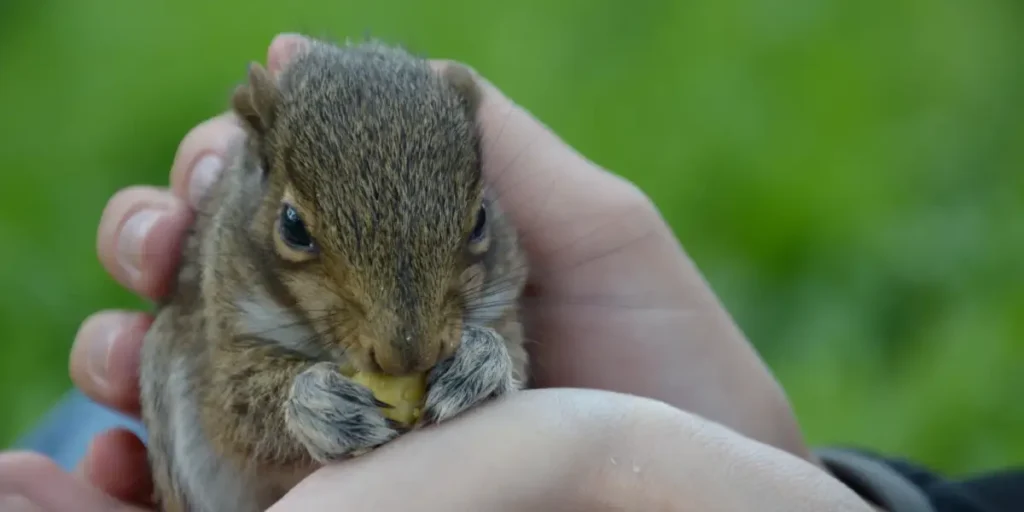
Conclusion: A Shared Responsibility
It is a kind and responsible deed to assist injured wild animals. When faced with distressed wildlife, you can make well-informed decisions and respond appropriately by adhering to the recommendations provided in this handbook. Never forget that the animal’s safety and your own are of utmost importance.
Never hesitate to ask for expert assistance from a licensed wildlife rehabilitator or animal control organization if you’re ever unclear on how to proceed. By working together, we can protect the health and safety of our wild neighbors and maintain the diversity and beauty of our natural environment.
